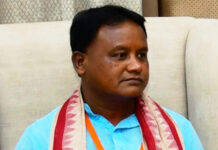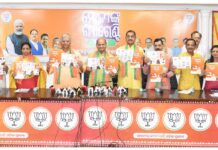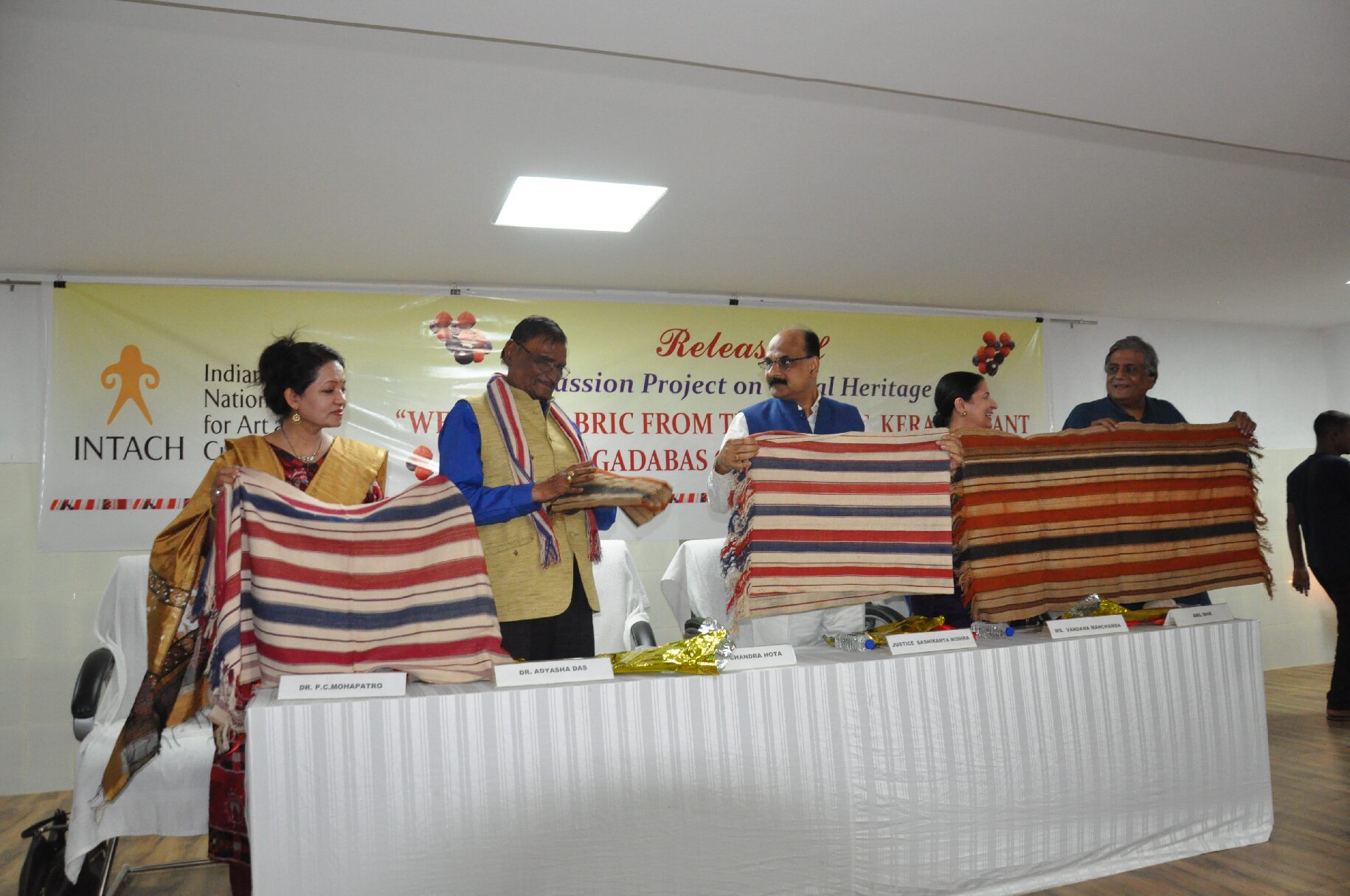Modi has picked up a lot of officers who actually shot into limelight during the Manmohan Singh government. Under Modi, appointments primarily depend on efficiency and merit. Loyalty may be important but it cannot outweigh merit.
Narendra Modi is the only BJP Prime Minister of the country to have lasted so long. As things stand today he is likely to lead his party to victory again in 2024 general elections. What is it that makes him so successful? While there is no denying the fact that his popularity depends a lot on the decisions that he has made and the courage with which he has implemented even the most controversial of them an equally important factor has been his choice of bureaucrats and technocrats. Even the retired bureaucrats he has hired have proved his choice right.
And while there is no denying the Gujarat connection of several top officers in Prime Minister Narendra Modi’s core team including P.K. Mishra, a 1972-batch officer of the Gujarat cadre who heads the PMO he cannot always be accused of being partial to his home state. The truth is that as Prime Minister he has been quite eclectic in his selection of men and each pick has been based purely on merit. A case in point of present RBI governor Shaktikanta Das, a Tamil Nadu cadre IAS officer who, like Pramod Mishra, also hails from Odisha.
What is even more interesting is that Modi has picked up a lot of officers who actually shot into limelight during the Manmohan Singh government. The list of such officers now serving Modi is quite long. The latest is the appointment of Punjab’s former chief secretary, Vini Mahajan, as secretary of the high-profile Union Jal Shakti Ministry. Mahajan has earlier served in New Delhi for eight years, seven of them in Manmohan Singh’s PMO as a joint secretary. Now Mahajan has been brought back to Delhi to push forward the successful Nal Se Jal Mission.
Mahajan’s appointment effectively answers the criticism that Modi relies almost exclusively on a small circle of confidants he worked with while serving as Gujarat chief minister. The truth is that under Modi appointments primarily depend on efficiency and merit. Loyalty may be important but it cannot outweigh merit.
A number of Modi-era bureaucrats, the most prominent name being Anil Baijal, urban development secretary under Manmohan Singh, and the current Lieutenant Governor of Delhi, have continued to rise under the present regime. B.V.R. Subrahmanyam, who served in both tenures of Manmohan Singh government, was handpicked by Modi in 2014 and appointed as the chief secretary in the highly sensitive state (now a Union territory) of Jammu and Kashmir. He is currently serving as the secretary of the Ministry of Commerce and Industry.
Similarly, West Bengal-cadre IAS officer Sanjay Mitra served as a joint secretary in Singh’s PMO, and then as the chief secretary in Chief Minister Mamata Banerjee’s government in Bengal, before returning to New Delhi in 2017, as highways secretary. He retired as defence secretary in 2019. Amarjeet Sinha, a Bihar-cadre officer, held important positions in the UPA governments, and then became an adviser to the Modi PMO. The same is true of Bhaskar Khulbe, a West Bengal-cadre IAS officer who is now an adviser to the PM.
Amit Khare, a Jharkhand-cadre IAS officer, served in the UPA government as joint secretary of the Union Human Resource Development Ministry (now Education Ministry), from 2008 to 2014. He then went back to his cadre, and returned to the Centre to become secretary, HRD, in 2019. He is now an adviser in the PMO.
It is because of such officers that he has been successfully implementing his plans and schemes and winning accolades.







































